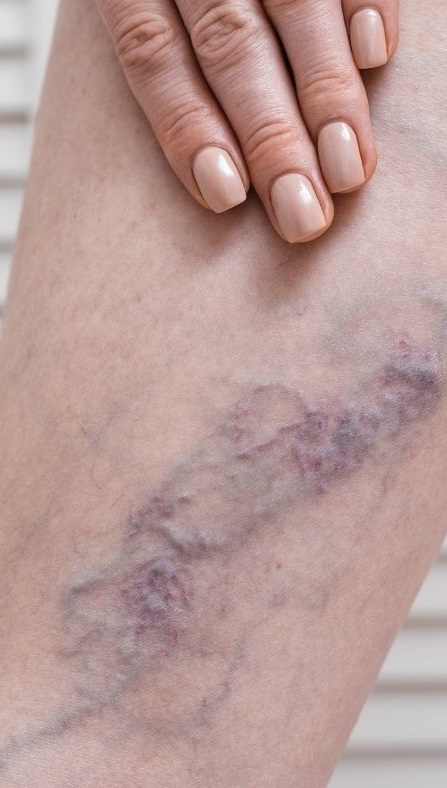Click here to download this post
Dr. DePace, MD, FACC
Ehlers-Danlos Syndrome, Vascular Type
The vascular type of Ehlers-Danlos syndrome is predisposed to blood vessel and bowel rupture. Vascular EDS is not as common as hypermobile EDS, but important to recognize because of vascular complications.
Physical Characteristic Vascular Ehlers-Danlos Syndrome
The main presentation is hematoma (bruise or collection of blood) in a muscle. More serious and less common would be intracranial hemorrhage (bleeding in the skull).
Another serious complication, even less common, is arterial dissections (splitting of the wall of the blood vessel. Vascular EDS is not the only subtype of EDS that presents with vascular complications. Hypermobile EDS is more common but rarely has vascular complications.
About 2% of non-vascular EDS have vascular complications. The most common such problems include hematoma, then intracranial hemorrhage, arterial dissection, arterial aneurism, GI bleeding, and operative hemorrhage or sporadic vascular complications.
In addition, venous complications such as varicose veins and deep vein thrombosis were reported. Referral for cardiovascular assessment and regular follow-up may be required.
Treatment for Vascular Ehlers-Danlos Syndrome
Therapeutic measures are limited to the treatment of symptoms in vascular EDS. There is only one evidence based preventative medication called Celiprolol, which reduces heart rate and pulsatile pressures if there is high blood pressure and can decrease continuous and pulsatile mechanical stress on collagen fiber within the arterial wall.
It should be emphasized that certain genetic determinants result in a shorter life expectancy. The goal is to delay the onset of complications.



